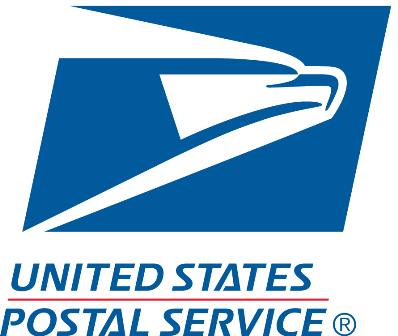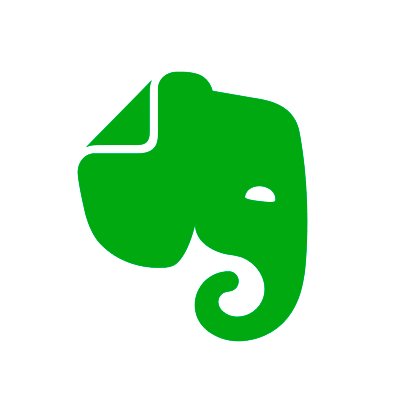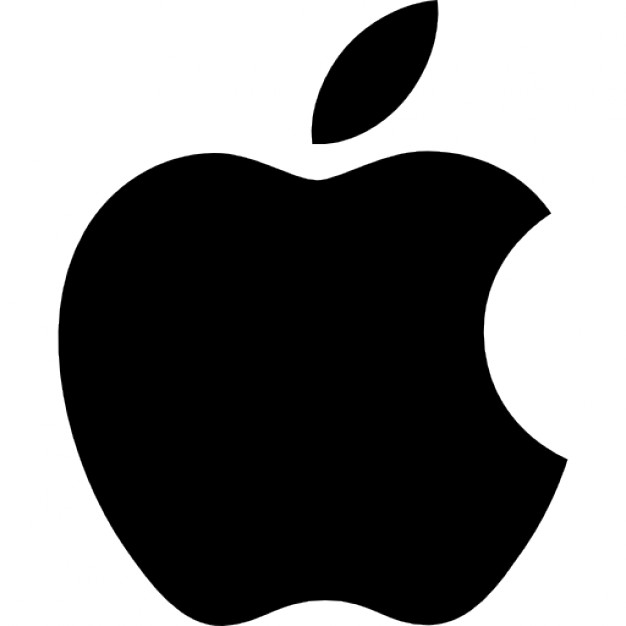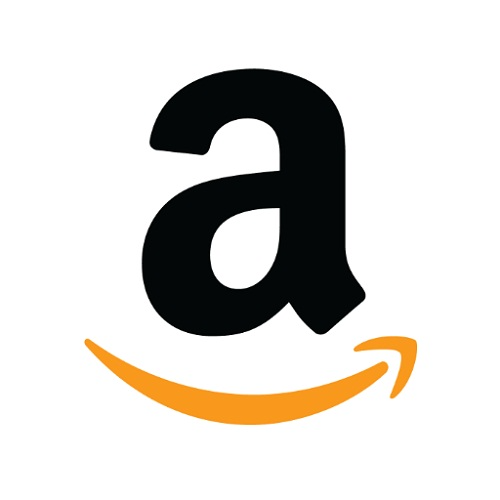How I Started A Vodka Brand Doing $100K/Month
Hello! Who are you and what business did you start?
My name is Umberto Luchini, and I am the founder and proprietor of Wolf Spirit Distillery, which crafts Blood x Sweat x Tears vodka, and imports Tom of Finland Organic Vodka. Our distillery is based in Eugene, OR (in a former laundromat).
Our flagship product is Blood x Sweat x Tears vodka, hand-distilled by Ben Green using locally sourced ingredients: soft white winter wheat from Hamilton Ranch (on the Rattlesnake Ridge in Washington state) and purified waters from our local Cascade mountains. The copper column distilled liquid is then freeze filtered to achieve an exceptionally smooth vodka that manages to retain much of the character of the grain. The brand name derives from Sir Winston Churchill’s famous World War II speech -- "I have nothing to offer but blood, toil, tears and sweat” -- which over time evolved into “blood, sweat, and tears.” That kind of effort captures the spirit of both our entrepreneurial journey and our vodka.
We created Blood x Sweat x Tears for misfits: people who are pursuing their own dreams. I am...

Download the report and join our email newsletter packed with business ideas and money-making opportunities, backed by real-life case studies.

Download the report and join our email newsletter packed with business ideas and money-making opportunities, backed by real-life case studies.

Download the report and join our email newsletter packed with business ideas and money-making opportunities, backed by real-life case studies.

Download the report and join our email newsletter packed with business ideas and money-making opportunities, backed by real-life case studies.

Download the report and join our email newsletter packed with business ideas and money-making opportunities, backed by real-life case studies.

Download the report and join our email newsletter packed with business ideas and money-making opportunities, backed by real-life case studies.

Download the report and join our email newsletter packed with business ideas and money-making opportunities, backed by real-life case studies.

Download the report and join our email newsletter packed with business ideas and money-making opportunities, backed by real-life case studies.


























































